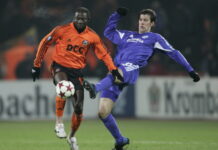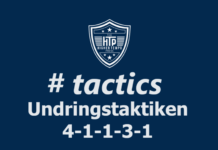This series takes you through how to evoke the memories of classic teams over the years, recreating their tactics in Football Manager to (hopefully) win games and (definitely) have fun in the process.
Club sides, international teams, league winners, cup winners and just all-round entertainers, the series will focus on the most notable tactical styles which you can then recreate in your FM save. This time we examine Valencia under Rafa Benitez, and the last great sustained period of success for a Spanish side other than Barcelona or Real Madrid.

The Valencia Story
In 2001, Valencia were going into the new season off the back of a Champions League final defeat and a fifth-place league finish. Respectable, but ultimately trophyless. Hector Cuper had put together a run of remarkable European campaigns, but came up short on each occasion, with his overtly defensive style failing to deliver any kind of success in La Liga.
So, in 2001, Valencia hired Rafa Benitez, who had just secured promotion to La Liga with Tenerife. He kept the side essentially the same as his predecessor, but added more defenders into the squad, for greater depth and to shore up the backline.
In that first season, Benitez brought Valencia their first league title in over 20 years. Playing a 4-2-3-1 formation at a time when 4-4-2 was the standard, he understood how the extra midfield man would provide the required overload for defensive stability, at the expense of goals scored. Indeed, the side only scored 51 goals, grinding out a series of 1-0 wins en route to the 2002 title – conceding an astonishing 27 goals all season.
The following year was always going to be difficult, finishing fifth but with a spirited display in the Champions League. However, the 2003-04 season was the pinnacle, a 71 goal haul in the league carried the team to another league title (the last to be secured by a side other than Barca or Real until Atletico Madrid in 2014), but also to the UEFA Cup, defeating Marseille 2-0.
The Setup
Whilst, of course, his sides took on a variety of configurations over the years, the nostalgic setup can be seen below:
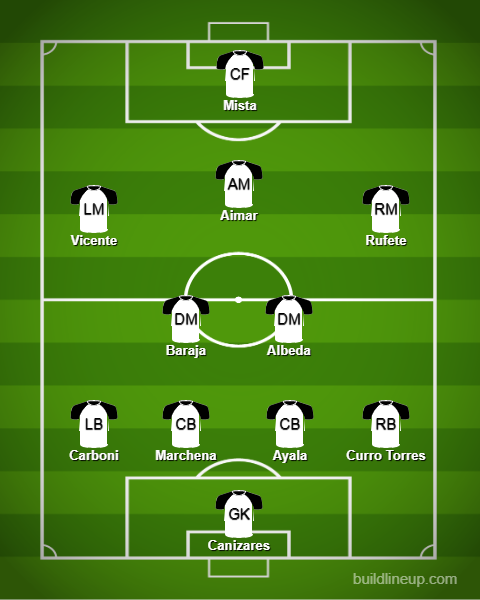
One of the earliest adopters of the lone striker, Benitez opted for a defensive, direct style of play. Not much in the way of midfield passing and moving it through the lines – when possession was won, the ball made its way to the fullbacks, then on to the wingers to progress the ball quickly up the field.
With the CM’s primarily acting defensively to screen the back four, the side was essentially bereft of central creativity – the majority of the goals scored by Mista up top were from crosses or direct passes into the opposition box, a natural poacher.
The wingers, Vicente and Rufete, were more Wide Midfielders, in the context of Football Manager – their defensive duties came first, but when the space was there to burst down the wing and whip in an early cross, they could take it.
However, all the creativity and finesse came in the form of Pablo Aimar, personally one of my favourite players of all time. Diminutive, technical, Argentine; he was the stopgap between the ethereal Maradona and the mercurial Messi – inspired by the former and an inspiration for the latter.
The dictionary definition of the Enganche, Aimar would play between the lines, collecting passes and using his technical skill to bypass players, either with a deft touch or through ball.
Play Like Benitez’s Valencia
The essence of the team is to avoid any openness at the back with a slightly deeper defensive line, minimal space between the back four and midfield, and the break quickly in possession, pushing it wide for the cross, giving more space for the CAM to influence the game when the ball comes inside.
Wing play, therefore, is the overriding tactic, which brings together these key ingredients. Rather than wingers, in a generic 4-2-3-1, the wide players sit slightly deeper, understanding their defensive duties. This is also why I have lumped for Cheryshev and Jason on each wing, with their full/wingback tendencies coming to the fore.
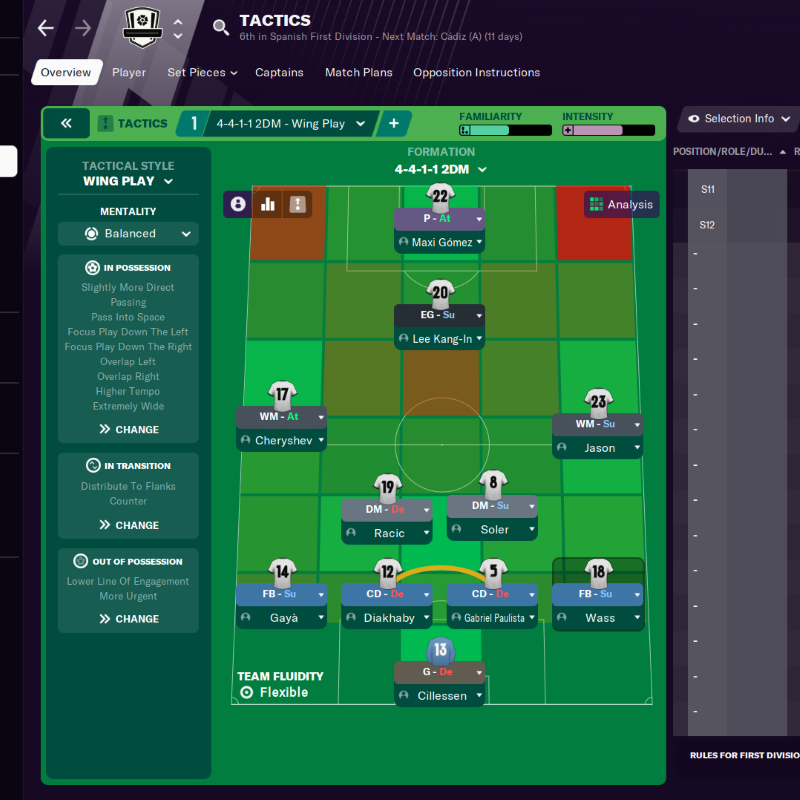
The midfielders will be required to sit deep and avoid venturing too far forwards. By moving it quickly and directly, there shouldn’t be any need to push them too high up the pitch to assist the attack – the striker, enganche and early crosses from wingers provide the pacey attack.
Its important to set the team to counter when gaining possession, and recover their positions when it’s lost. Also, all 4 wide players should be set to cross from deep, finding the striker behind the opposition defence, catching them off-guard. The modern Valencia team is equipped with Gomez and Gameiro, both fully adept at breaching the offside trap to get on the end of these sorts of crosses.
Take a look at the below action – when the team is in possession, this is almost exactly how they can line up. Both fullbacks are available in support without overloading the box, one CM is in the box affecting the play, given space by the wingers and CAM drawing defenders out of position, the other CM diligently preventing a potential counter at the edge of the box.
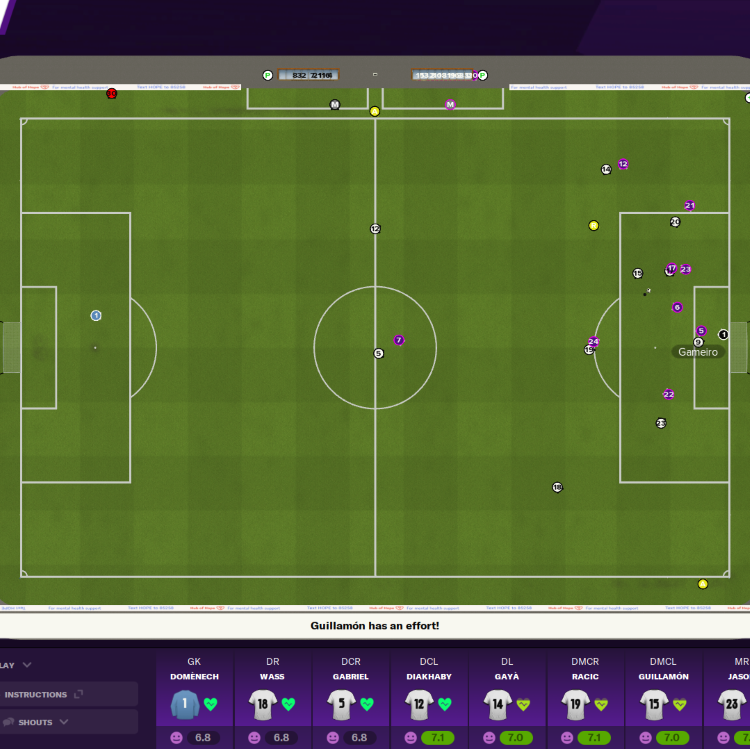
Gameiro is poaching within the 6-yard box precisely where he needs to be as the ball is then fired into the mixer.
This game in particular was a near perfect example of how Benitez wanted to set up his side – free in attack to express themselves, but exceptionally dutiful in defence. A solo pot shot in the last minute all the other side could muster in this match.

Emphatic Enganche
The side is based around defensive discipline, minimising opposition attacks and relying on the creativity of those up top to produce a chance, largely down to the CAM – below shows what Lee Kang-In, as an example, brings to the team. Picking up the ball inside his own final third, he drives at the opposition, forcing them further back into their own box.
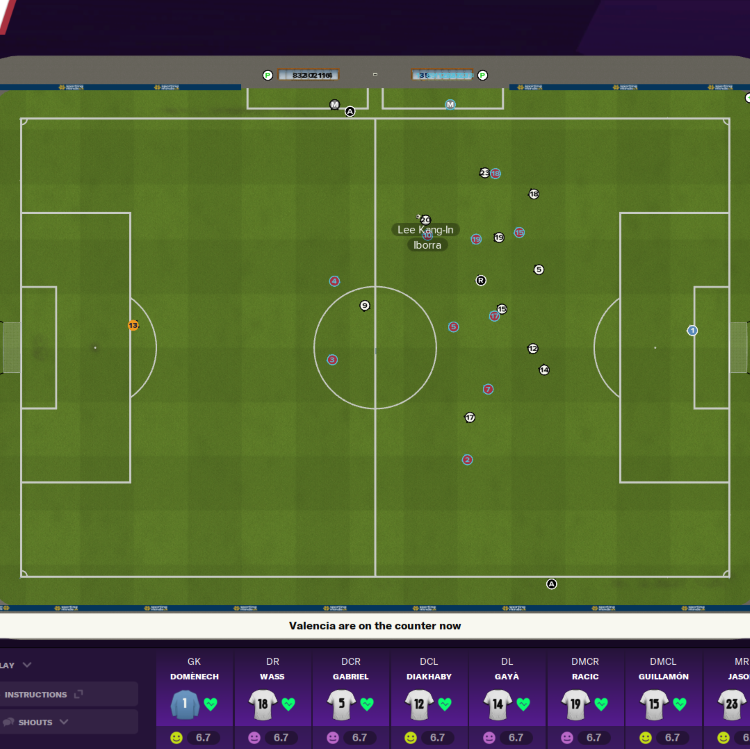
Not content with that, he uses his technical ability and flair to take on the defender, getting brought down and winning a penalty. From nothing, a high quality chance created. That is precisely the role of the enganche in this team – it is worth, therefore, having a couple of skilful players in rotation to make the most of the role.
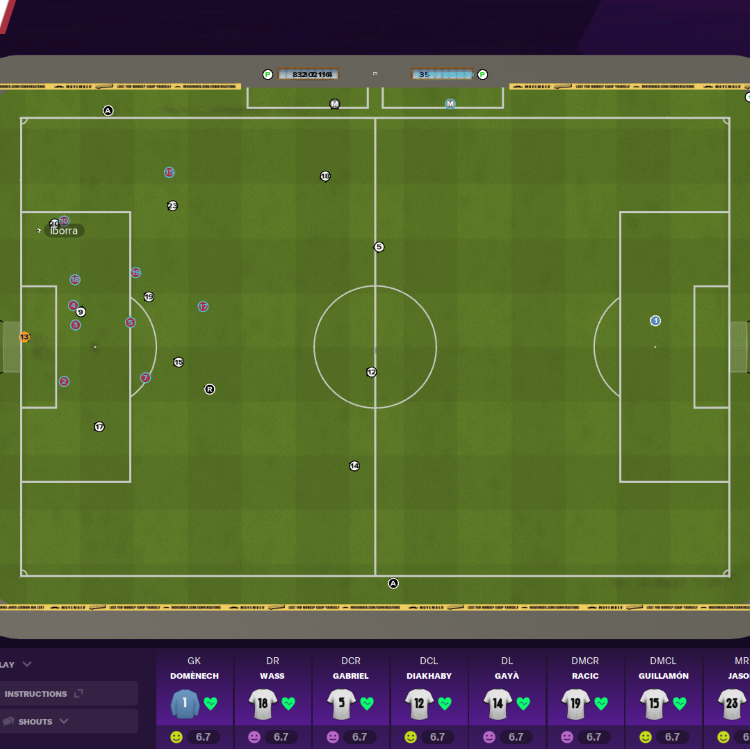
Never in my FM career have I ever managed to keep 4 clean sheets on the bounce, but with this formation I did. Of course, Benitez used it to great effect in the early 2000’s, winning La Liga and the UEFA Cup. Unfortunately, modern football has changed to the point that many teams also use a relatively similar formation, packing the midfield and using quick defenders to avoid a counter.
Winning league titles, therefore, may be difficult. However, less lofty ambitions such as a top half finish, or avoiding relegation, are certainly achievable. This is a tactic for punching above your weight, where the overall technical quality of the team is perhaps lacking, or where the quality of the defence vastly outweighs the quality in attack. The important thing is to find a consistent goalscorer, creative CAM, and ideally some excellent crossers to help carve out the biggest chances.




